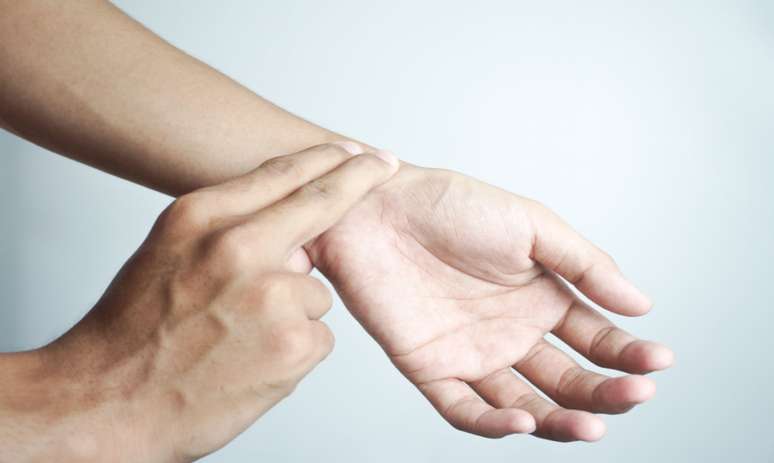Pulse rhythm and rate provide information about heart health. Learn to check at home
The heart pumps blood throughout the body and this is where the movement of the heartbeat comes from, which provides crucial clues about heart health. Therefore, wrist self-examination is a valuable tool for preventing and quickly identifying possible problems.
According to Dr. Alexsandro Fagundes, cardiologist and president of the Brazilian Society of Cardiac Arrhythmias (SOBRAC), in addition to checking the heart rate, checking the pulse can identify changes in the rhythm that allow early research for an adequate clinical evaluation.
According to the doctor, asymptomatic arrhythmias, such as bradycardia (heart rate less than 50 beats per minute) and tachycardia (rate greater than 100 beats at rest), are easy to perceive through the wrist.
“Detection of irregularities, such as beats without normal cadence, that vary abruptly in frequency, may be indicative of conditions such as atrial fibrillation or frequent extrasystoles,” he says.
How to check your pulse
Pulse self-examination appears to be a simple but effective practice for monitoring heart health and identifying potential problems early. The best way to check your pulse is through the radial pulse, which is found in your wrists. To do this there is a practical and quick way to check:
- Extend your hand with your palm facing forward;
- Gently palpate the wrist area just below the thumb with your index, middle, and ring fingers;
- You need to feel the pressure of your wrist tapping on your fingertips, so you can count and feel the rhythm;
- If you can’t feel your pulse, apply a little more pressure to the area, change the position of your fingers slightly, or try with the other wrist;
- Count the number of beats in 30 seconds. Your heart rate per minute will be this value multiplied by 2. Therefore, if the measurement is 35 beats in 30 seconds, your heart rate will be 70 beats per minute;
- Check if there are any strange variations between beats, with pauses or accelerations.
According to the cardiologist, strange variations between heartbeats, such as pauses or accelerations, should be a reason to consult a doctor.
Source: Terra
Ben Stock is a lifestyle journalist and author at Gossipify. He writes about topics such as health, wellness, travel, food and home decor. He provides practical advice and inspiration to improve well-being, keeps readers up to date with latest lifestyle news and trends, known for his engaging writing style, in-depth analysis and unique perspectives.









